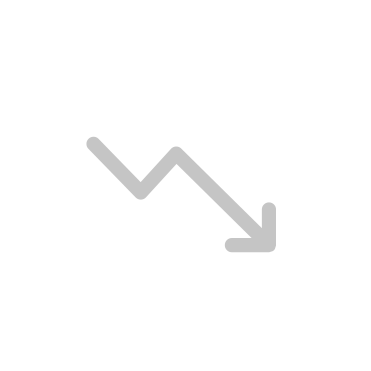Description
CI-Léman SA is delighted to exclusively present this magnificent 4-room apartment, located on the garden level of a luxury residence built in 2001, comprising three small, perfectly maintained buildings.
Ideally located close to all amenities (shops, public transport, CEVA station, restaurants, post office and schools, accessible in 5 to 10 minutes on foot), this apartment enjoys absolute calm, yet is close to the city center.
With a weighted surface area of 110 m², this property offers the following layout:
The 5 major assets:
360° immersive visit. Ask for your access code!
For more information, contact us on 022.300.59.30 or by email at info@ci-leman.ch.
Non-contractual summary images.
Ideally located close to all amenities (shops, public transport, CEVA station, restaurants, post office and schools, accessible in 5 to 10 minutes on foot), this apartment enjoys absolute calm, yet is close to the city center.
With a weighted surface area of 110 m², this property offers the following layout:
- Living area: 96 m²
- Kitchen-side balcony of 5 m²
- Terrace balcony of 18 m², extended by a private garden of 58 m²
- Entrance hall with built-in wardrobes
- Large, bright living room with double bay windows opening onto the balcony-terrace and garden
- Modern, fully-equipped kitchen with dining area and access to the balcony
- Two spacious, bright bedrooms with built-in storage
- A shower room with shower, washbasin and WC
- A bathroom with bathtub, washbasin and WC
- Private cellar of 4 m²
- Box of 18 m² in the underground garage (included in the price)
- Outside parking spaces for visitors
The 5 major assets:
- Light-filled, through-plan apartment
- Ceiling height of 2.60 m
- Private garden with trees and flowers
- Exceptionally quiet surroundings
- Apartment completely refreshed in 2024, with facades renovated in 2021
360° immersive visit. Ask for your access code!
For more information, contact us on 022.300.59.30 or by email at info@ci-leman.ch.
Non-contractual summary images.
Details
Neighbourhood
- Green
- Residential area
- Shops/Stores
- Bank
- Post office
- Restaurant(s)
- Pharmacy
- Bus stop
- Tram stop
- Child-friendly
- Nursery
- Preschool
- Primary school
- Secondary II school
- Sports centre
Outside conveniences
- Balcony/ies
- Terrace/s
- Garden
- Exclusive use of garden
- Quiet
- Greenery
- Fence
- Box
- Visitor parking space(s)
Inside conveniences
- Wheelchair-friendly
- Lift/elevator
- Underground car park
- Box
- Eat-in-kitchen
- Unfurnished
- Built-in closet
- Double glazing
- Bright/sunny
- With front and rear view
Equipment
- Fitted kitchen
- Furnished kitchen
- Ceramic glass cooktop
- Oven
- Fridge
- Freezer
- Dishwasher
- Laundry
- Bath
- Shower
- Electric blind
- Interphone
- Code door
Floor
- Tiles
- Mosaic parquet floor
Condition
- As new
Orientation
- East
- West
Exposure
- Favourable
View
- Nice view
- Garden
- Mountains
Miscellaneous
- Not registered as Contaminated land
Distances
Station
566 m
15'
15'
6'
Public transports
196 m
6'
6'
1'
Nursery school
85 m
8'
8'
2'
Primary school
175 m
3'
3'
1'
Secondary school
1.55 km
30'
23'
8'
Stores
413 m
12'
12'
3'
Post office
475 m
11'
11'
5'
Bank
287 m
6'
6'
5'
Restaurants
213 m
4'
4'
1'


















